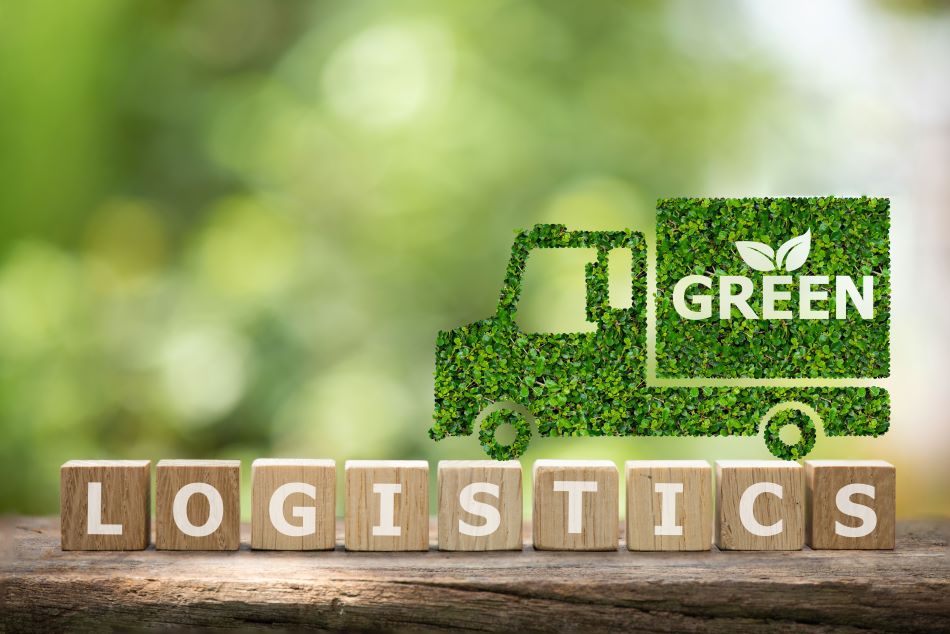In recent years, extreme climate events have been increasingly taking place at an accelerated rate, such as in August 2025, a suspected cloudburst in Uttarkashi , Uttarakhand, triggered catastrophic flash floods that devastated high-altitude villages like Dharali. Simultaneously, a blazing wildfire across 160 km² of France’s Aude wine region in August 2025 forced hundreds to evacuate. Experts attribute these events to rising temperatures, erratic rainfall, and glacial instability, highlighting the need for predictive tools and resilient planning.
Heightened climate volatility and demand for real-time resilience tools are driving sustained investment across energy, insurance, agriculture, and public-sector initiatives. AI-based climate modeling, once a niche research area, has now turned into a critical market of utmost importance for businesses striving to anticipate risk, optimize operations, and meet tightening regulatory mandates. The global AI-based climate modeling market is projected to leap to approximately USD 2 billion by 2033.
The Urgency of Next-Gen Climate Prediction
Traditional climate models, built on physics-based equations, face two critical limitations:
- Computational bottlenecks: High-resolution global simulations can take weeks on supercomputers, delaying critical decision-making.
- Coarse spatial detail: Many models operate at grid scales of 50–100 kilometers, while flash floods, storm surges, and heat pockets often unfold at scales of 1–10 kilometers.
AI is helping close these gaps. Machine learning as well as deep learning methods can scale climate models up to orders of magnitude and narrow down that output to the level of neighborhoods. This advance in both speed and precision is crucial to industries as diverse as agriculture, energy, insurance, and urban planning, allowing global climatic trends to be instantly converted into local, actionable strategies.
Driving Forces behind the Surge in AI-Climate Modeling
- Escalating Extremes: Intensifying storms, droughts, and wildfires compel corporations and regulators to demand transparent climate-risk disclosures and scenario analyses.
- Operational Imperatives: Utilities, agribusinesses, and logistics firms require sub-daily, hyperlocal forecasts to safeguard supply chains and assets in weather-sensitive zones.
- Data & Compute Revolution: Satellites, IoT sensor networks, GPU clusters, and scalable cloud platforms have democratized access to high-frequency environmental data, fueling AI-driven models.
- Strategic Funding Initiatives: Public–private collaborations such as the EU’s Destination Earth program are channeling billions into AI-powered digital twins for climate resilience planning.
Real-World Applications: Turning Projections into Action
AI-based climate modeling is ushering in a new era of innovation where high-resolution simulations, real-time forecasting, and adaptive analytics are no longer confined to research labs. These breakthroughs are now powering business decisions across industries, transforming climate risk into strategic opportunity.
- Neural Weather Simulation: Advanced neural operators and generative architectures can now simulate atmospheric dynamics in seconds, delivering hyper-local forecasts with multi-day accuracy. Businesses like DHL and Walmart use these capabilities to optimize logistics routes and inventory planning, minimizing disruptions from extreme weather.
- Granular Climate Risk Modeling: Innovations in spatial downscaling and probabilistic analytics allow for asset-level climate exposure assessments. Financial giants such as Swiss Re and BlackRock apply these models to simulate flood zones, wildfire paths, and drought probabilities, reshaping how they underwrite insurance and allocate capital.
- Adaptive Energy Forecasting: AI-enhanced models predict fluctuations in renewable energy output with remarkable precision, enabling dynamic load balancing and predictive maintenance. Utilities like Ørsted and National Grid rely on these innovations to improve grid stability and reduce dependence on fossil fuels.
- Predictive Agronomic Intelligence: Machine learning algorithms now analyze soil moisture, temperature trends, and precipitation forecasts to guide agricultural decisions. Agribusiness leaders such as Bayer and Corteva use these tools to optimize irrigation, fertilization, and crop selection, boosting yield while conserving resources.
- Urban Digital Twins: AI-driven simulations of city infrastructure and terrain incorporate real-time sensor data and evolving climate scenarios. Firms like Sidewalk Labs and Arup deploy these models to plan for flood resilience, heat stress mitigation, and emergency logistics, designing smarter, more adaptive urban environments.
These innovations mark a shift from reactive climate strategies to proactive, data-driven resilience. Through the integration of cutting-edge AI into their operations, businesses are adapting to climate change and leading the transformation.
Challenges and Ethical Considerations
Climate modeling in remote areas can be challenging since the data is sparse for these areas, which may lead to biases in AI forecasts as models trained in well-instrumented areas have limited capabilities in other locations. Explainability and transparency are critical as regulators and stakeholders require a clear rationale behind the prediction. Lastly, training large AI models creates an energy burden that reinforces the necessity of green AI practices, including model pruning and the efficient use of hardware.
Towards a Clear Weather Climate change no longer unfolds at a snail’s pace, and traditional models with their restricted abilities are not coping with the precision and responsiveness required by modern businesses. AI-based climate modeling has closed this gap, converting voluminous environmental data into local, actionable information. With the convergence of data standards, transparent AI systems, and green computing practices, this market is set to transform into a market of global significance.
















